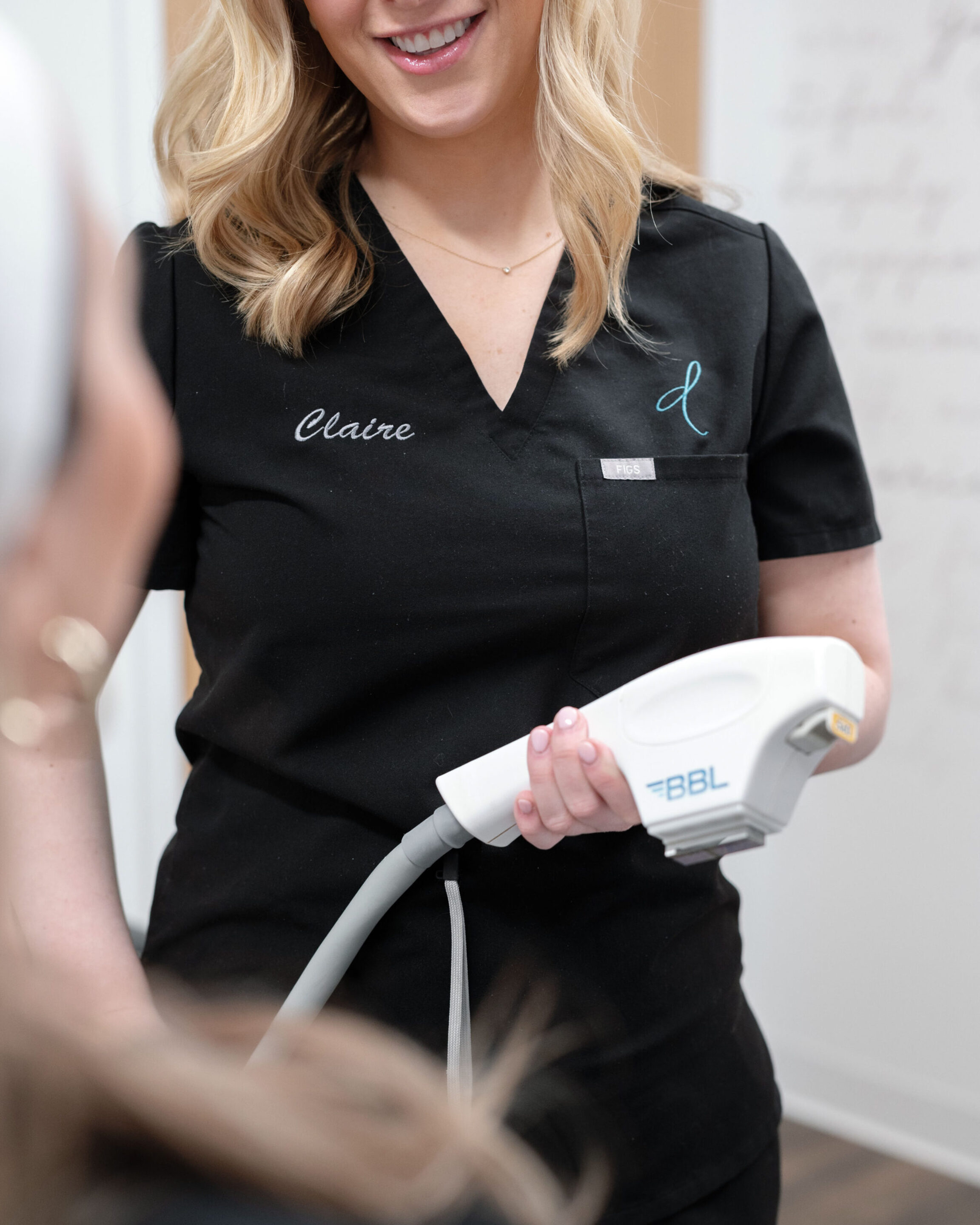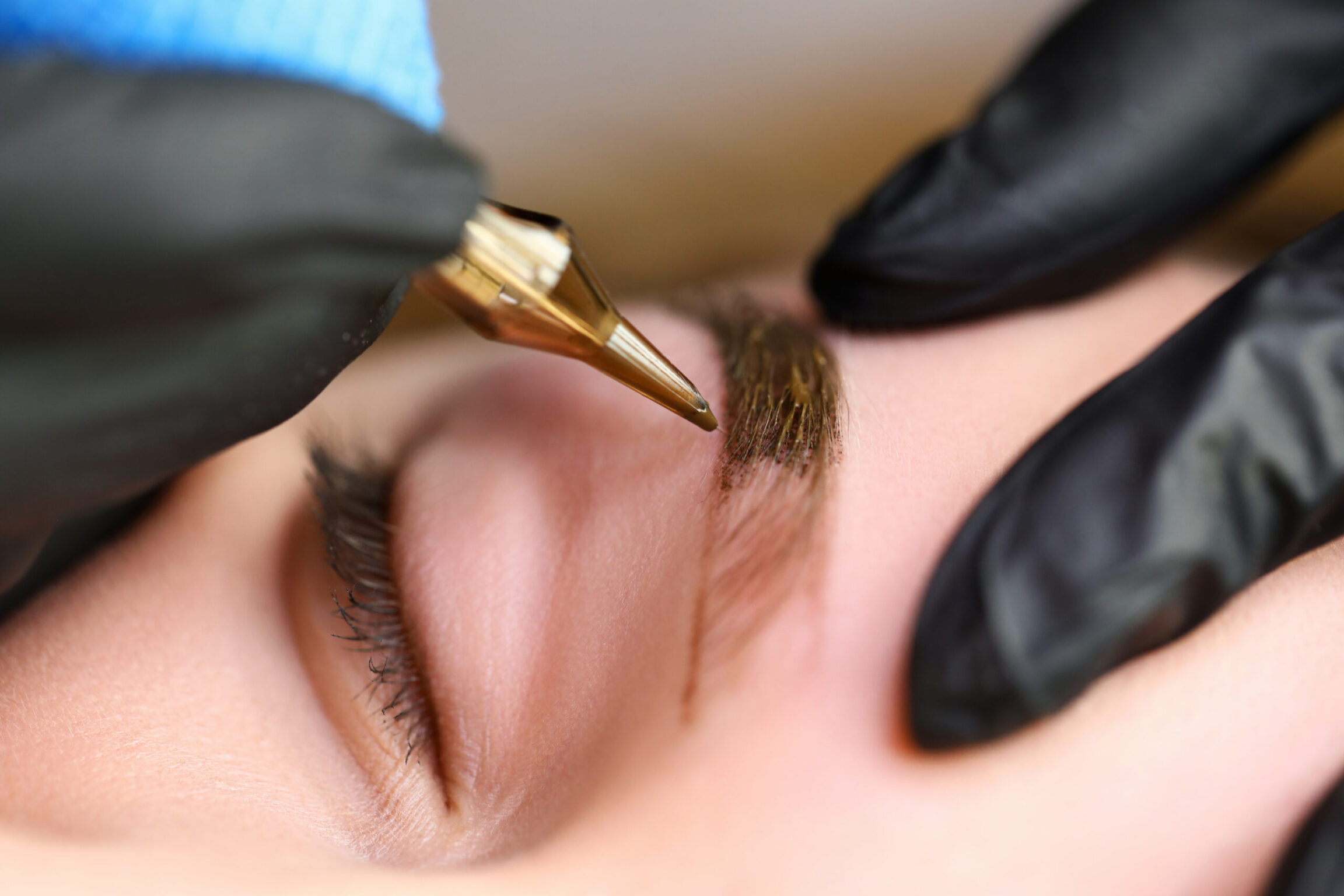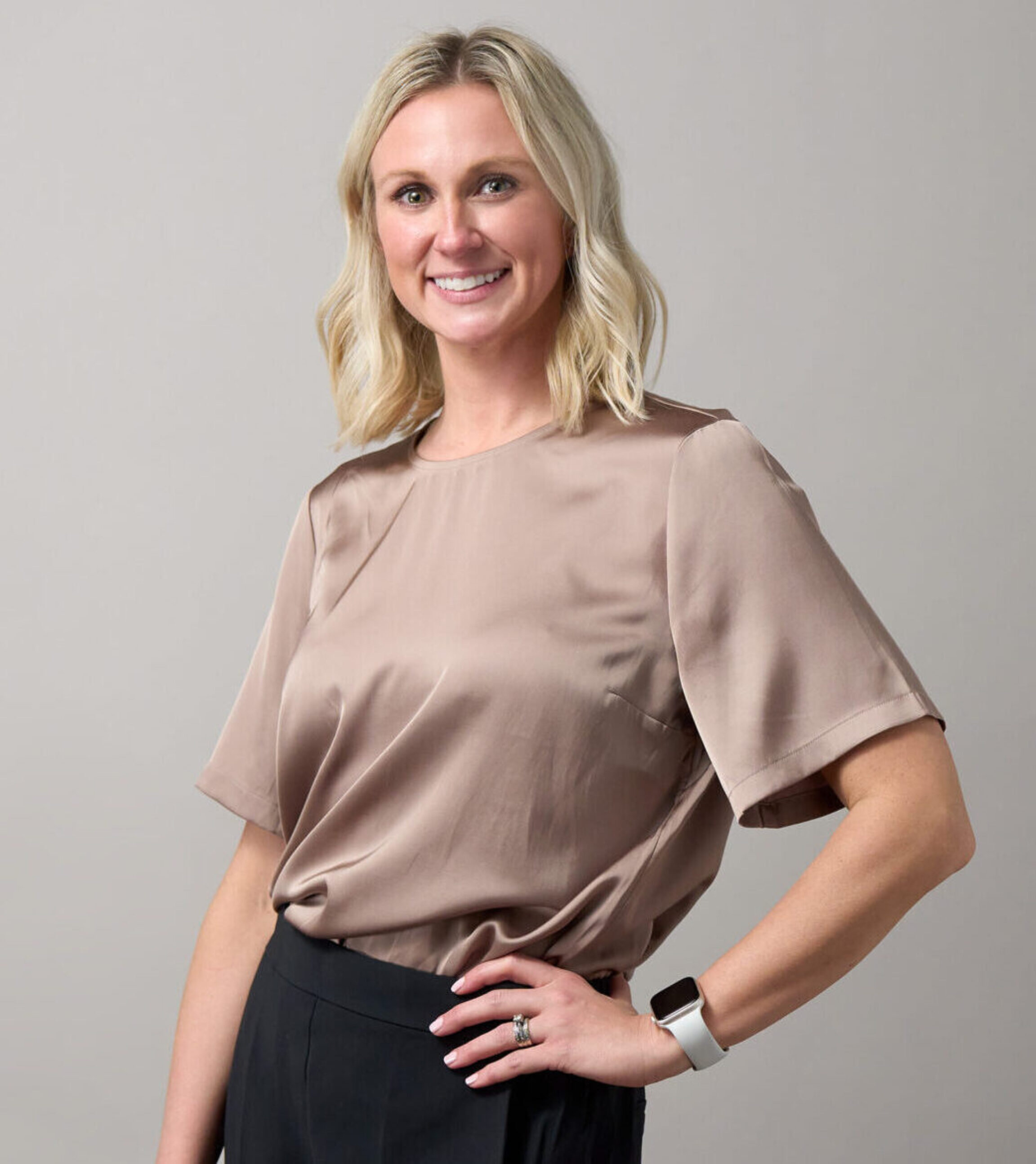Gynecomastia Surgery Columbus, Ohio

restore Confidence With Male Breast Reduction Surgery
All men have breast tissue, but not all men can detect it. For some, there is always a small lump sitting behind the nipple, and for others, there is a handful or even more. No amount of exercise or dieting will make this go away, and this is when we can step in to help — with tiny scars and minimal downtime. Whatever you’ve heard it called — gynecomastia surgery, male breast reduction surgery, “gyno” removal — we offer a discreet procedure that will take care of this problem. And it won’t come back.
What Is Gynecomastia?
Man-boobs, “moobs,” puffy nipples: Gynecomastia is the medical term for enlarged male breasts. It refers specifically to enlarged glandular tissue, but it may also involve excessive fat in the chest area and/or redundant skin. There is a wide spectrum of appearances, from pointy nipples to highly-feminized breasts that hang down toward the belly button – most men tend to be somewhere in between.

What Causes Gynecomastia?
Gynecomastia can occur at any age and may be caused by genetics, hormonal changes, obesity and the use of certain drugs including anabolic steroids, cimetidine, spironolactone and marijuana.
This condition is not rare – you are NOT alone. Some studies show that 50% of the male population in the U.S. is affected by gynecomastia. This condition can make a person feel extremely self-conscious and cause them to avoid public spaces. It may also affect intimate relationships and overall happiness.

Frequently Asked Questions
-
If you are seeking a flatter, more chiseled appearance to your chest, then gynecomastia surgery may be appropriate. It is generally reserved for patients over eighteen years of age, who have had enlarged breasts or puffy nipples for at least two years without improvement. The potential benefits of gynecomastia treatment must outweigh the potential risks in each individual case, and the patient must be comfortable with having a thin scar.
Prospective patients should be off of gynecomastia-inducing medications, and certain that other hormonal imbalances and endocrine diagnoses have been ruled out first. Non-smokers in relatively good health with realistic expectations tend to do best.
-
Everything starts with a virtual consultation. Once we agree that you’re a good candidate, you’ll have the opportunity to see Dr. Donaldson in consultation. This is the time to discuss your concerns, goals and expectations.
You can prepare for your consult in advance by writing out questions you may have about the procedure, as well as listing medications, allergies, and previous operations or medical treatments. Dr. Donaldson will take time to consider what might have caused your condition and what risks you may incur. He will examine your chest, take measurements, assess size and shape, and note skin quality, nipple position and areolar diameter. Confidential photos will be taken for pre-operative planning and before/after comparisons. Sometimes, a primary care or endocrinology referral is made for additional testing.
Once these steps are completed, Dr. Donaldson will review your options for surgery and anesthesia. His team will share example photographs and help set proper expectations for recovery and results.
-
- What will I need to do in order to ensure I get the best possible end result?
- How will you be approaching the procedure?
- Will you be using a specific surgical technique?
- Where will I be undergoing the procedure?
- How long do you think the estimated recovery period will be for me?
- What are the risks and complications associated with this procedure?
- Will I need help performing daily activities following the surgery?
- What are common complications and how are they handled?
- What are my options if I am dissatisfied with the outcome.?
- May I see a few relevant before-and-after photos from patients you have operated?
- What type of result can I realistically expect?
- What should I do to prepare for the surgery?
- Will I need to take any prescription medication afterward?
- Will I have dressings/bandages after surgery? How long will I need them?
- Are there any stitches that will need to be removed?
- How long do I need to refrain from strenuous activity and exercise?
- How often will I need to come back for follow-ups?
-
Gynecomastia surgery is generally quite safe, but there are possible risks, as with any other medical procedure. Your baseline health and physical condition may affect these risks. Ultimately, an analysis of risks versus benefits will inform each patient’s unique decision about whether to pursue surgery.
Here is a partial list of risks a gynecomastia surgery patient may encounter:
- Bleeding/hematoma
- Infection
- Prominent scarring
- Seroma (fluid collection)
- Changes in nipple sensation
- Nipple inversion
- Skin wrinkling or dimpling
- Incomplete result
- Asymmetry
- Damage to underlying tissue including bone, muscle or nerves
- Chronic pain
- DVT/blood clots
Dr. Donaldson will explain these risks and go into further detail if certain risks seem more likely than others in your particular case.
-
Gynecomastia surgery contours the chest and reduces the male breast size. The technique depends upon the degree of severity. For grade I, Dr. Donaldson often prefers making a small incision under local anesthesia and directly removing the glandular tissue from behind the nipple without the patient needing to be asleep.
How We Address Mild to Aggressive Cases
For grades II and III, Dr. Donaldson usually uses a combination of VASER, liposuction and direct excision of glandular tissue with a short-scar, minimally-invasive approach under general anesthesia. VASER applies ultrasound waves to the breast tissue to help emulsify the fat and break up fibrous attachments. Liposuction involves a ¼-inch incision through which a thin, hollow tube (cannula) is attached to a vacuum and used to extract the fat. If stubborn, firm glandular tissue still needs to be removed, then a ½- or 1-inch incision is made at the lower border of the darker areolar skin. Grade III skin will often shrink down over time to match the flattened chest contour.
The Most Severe Cases May Involve Additional Procedures
Grade IV gynecomastia requires a more invasive approach. VASER and liposuction may still be used first, but longer incisions are ultimately required to remove a large amount of glandular tissue, fat and skin. The incisions often wrap around the areolar border in a complete circle, and sometimes also form a vertical line down the chest and/or a horizontal line across the entire lower chest. The longer scars serve to tighten the skin and eliminate folding, wrinkling or hanging skin that would otherwise be left behind.
-
Following male breast reduction surgery, the incisions are closed with dissolvable sutures, and a final layer of surgical-grade glue provides a sterile barrier. Light dressings are supported with an elastic bandage or customized compression garment. Temporary fluid drains are usually not necessary except in grade 4 conditions. You will be prescribed medication to relieve pain and prevent infection, and homeopathic remedies help minimize bruising and swelling.
Our staff will walk you through the steps of caring for the surgical site and minimizing scars as part of your gynecomastia surgery recovery plan. Follow-up visits within a week, a month and several months later will help ensure optimal healing. You will have detailed instructions for wound care, and will be well-apprised of warning signs and what to watch for as you make progress at home. Most patients take anywhere from three days to a week away from work and other responsibilities. Strenuous exercise should be avoided for four to six weeks.
Schedule Your Consultation & Get Your Confidence Back
Our board-certied surgeons specialize in gynecomastia surgery to help you feel more comfortable with your shirt on or off. We invite you to call us at 614-442-7610 to discuss gynecomastia surgery with a trusted team member.
From Our Experts
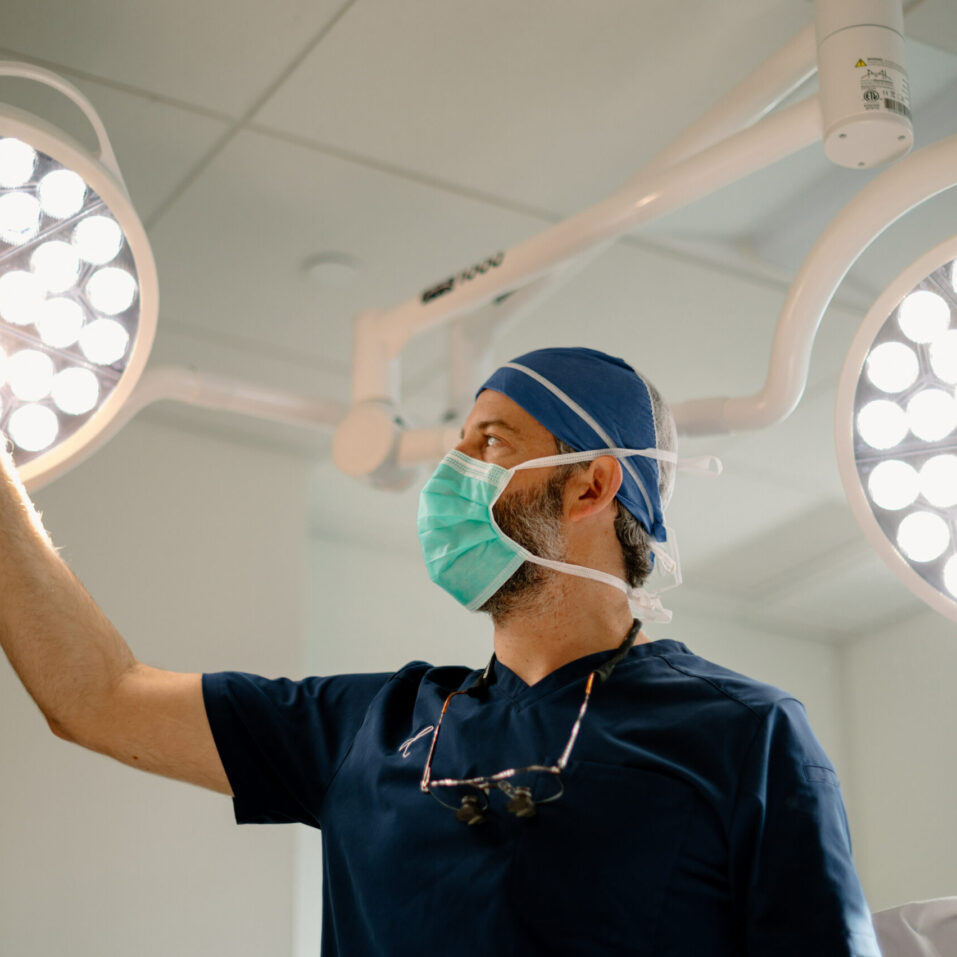
Read More Gynecomastia Surgery Review
Gynecomastia Surgery Review
Thomas - a real Donaldson Plastic Surgery patient - discusses his gynecomastia surgery, the recovery process and his satisfaction with the results.
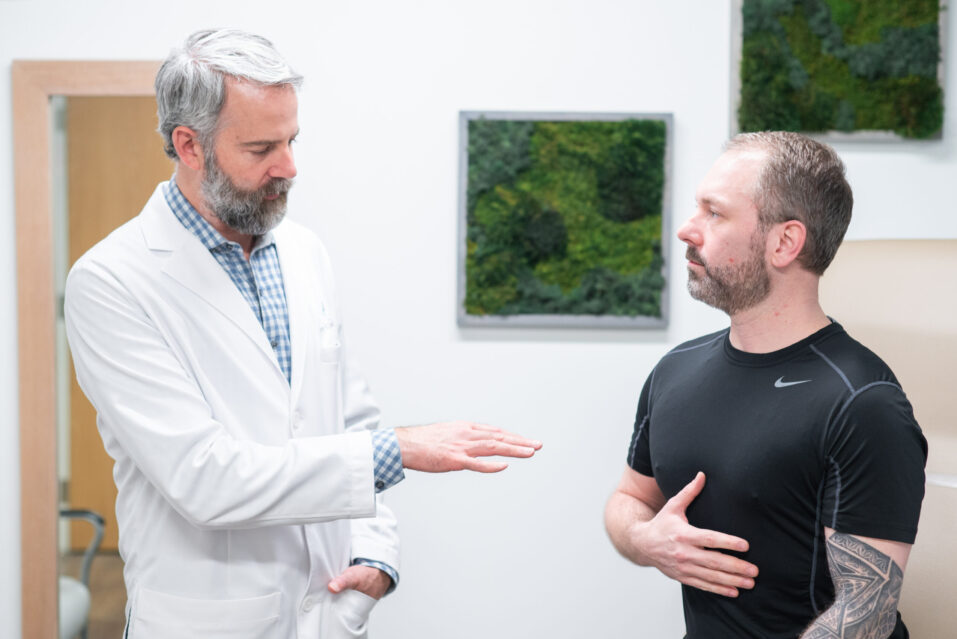
Read More Gynecomastia Surgery Recovery
Gynecomastia Surgery Recovery
Gynecomastia Surgery Recovery can take about 1 month, but this is heavily dependent on the patient's unique circumstances & their commitment to the established surgical recovery plan.
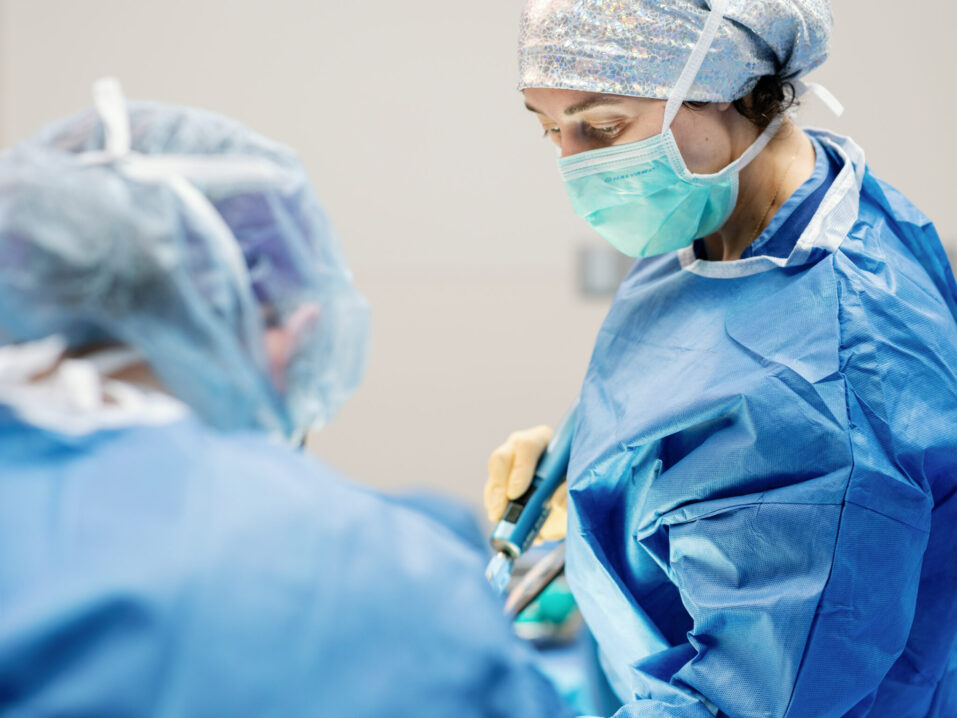
Read More The Different Types Of Liposuction
The Different Types Of Liposuction
The three most common forms of surgical liposuction include traditional, laser-assisted and ultrasound-assisted liposuction. We invite you to learn more about each of these techniques as you research your options!








